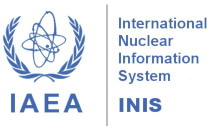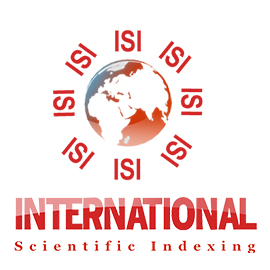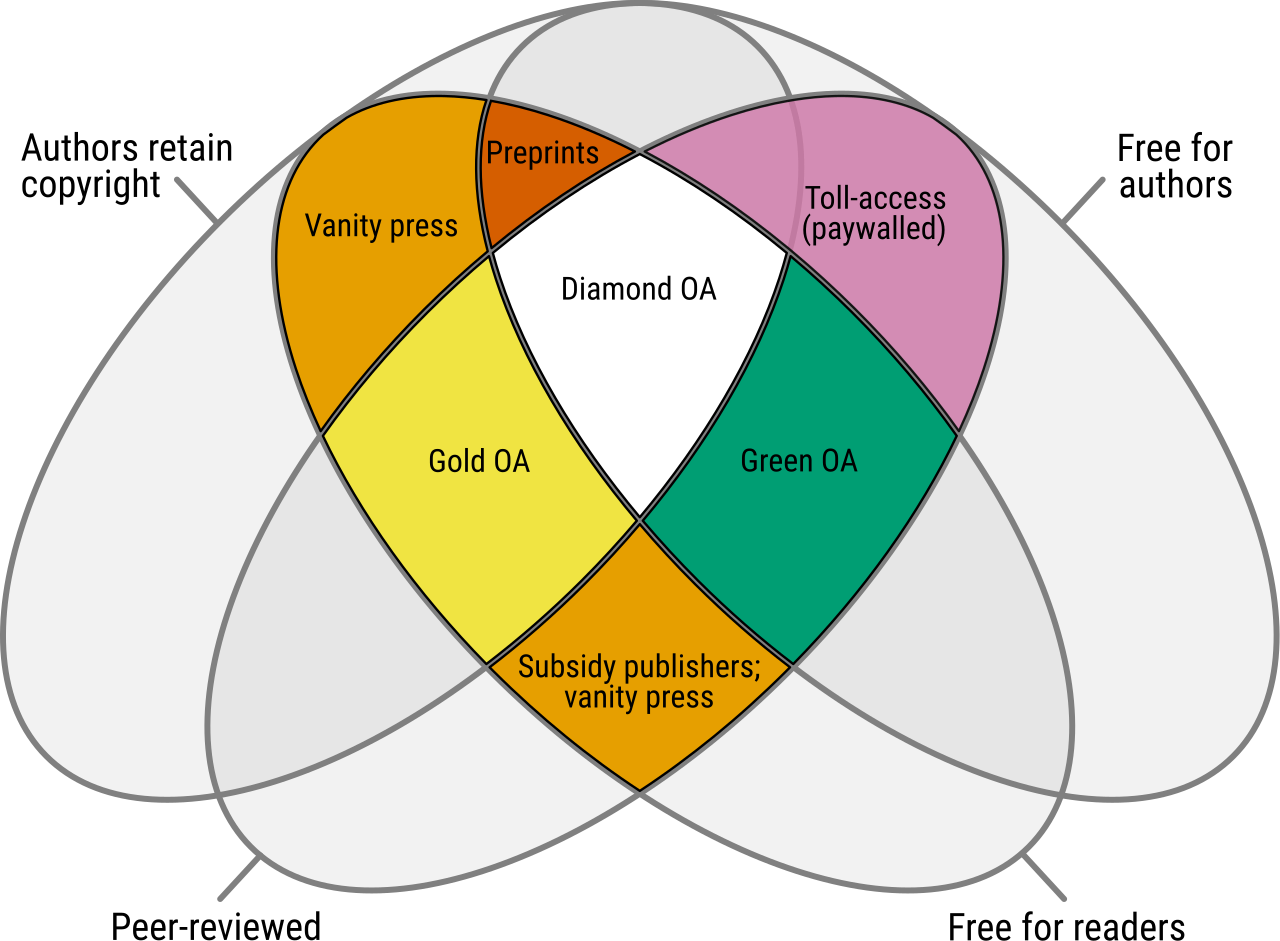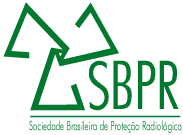New article published in 12(4A) - ENAN / INAC 2024
Pretreatment of Biomass with Gamma Rays and Electron Beam for Ethanol Production via Enzymatic Hydrolysis: A Brief Review
Abstract: Lignocellulosic biomass, sourced from non-edible plant materials like bagasse, straw, and other agricultural residues, represents a sustainable alternative to fossil fuels, contributing to a reduction in greenhouse gas emissions. Effective pretreatment is essential for modifying the structural integrity of biomass, thereby increasing the accessibility of cellulose and hemicellulose for enzymatic hydrolysis. This paper analyzes two pretreatment methodologies, highlighting the role of gamma-ray and electron beam irradiation. These methods leverage photons and high-energy particles to induce structural and chemical modifications in lignocellulosic biomass, which facilitate a more efficient breakdown into fermentable sugars during hydrolysis. This work showed that both irradiation methods not only increase the yield of fermentable sugars but also do it without the need for hazardous chemicals, thus presenting an environmentally benign alternative to conventional pretreatment methods and presents the potential of these irradiation techniques in streamlining bioethanol production processes, advocating for further research and technological development to fully harness their benefits in industrial applications. Read full article.
A Drone-Based Approach for Radiometric Mapping of Gamma Radiation
Abstract: This work presents the results of an experiment conducted with an Unmanned Aerial Vehicle (UAV) equipped with a Geiger-Müller detector module, aimed at validating a gamma radiation detection methodology. The experiment took place at the Batalhão Central de Manutenção e Suprimentos (BCMS) in Rio de Janeiro, where a Cesium-137 source was positioned at a specific point within a designated area for the drone flight. The measurement methodology involves continuous flight, with point-by-point readings taken at designated locations. Subsequently, during the data processing stage, each measurement point was organized into cells, forming a structured grid that served as the basis for generating a three-dimensional map of gamma radiation dose distribution. After processing the data collected by the drone, a dose profile was reconstructed, allowing for a satisfactory estimation of the location where the Cesium-137 source was positioned based on the radiation peak. Since specific patterns in the graphs, such as a sudden increase in dose rate in a particular direction, can indicate the presence of a source, we consider that this method can be employed as a useful strategy for the remote detection of radiation sources in various environments, offering a satisfactory approximation of the radiological conditions present in the analyzed environment. Read full article.






















